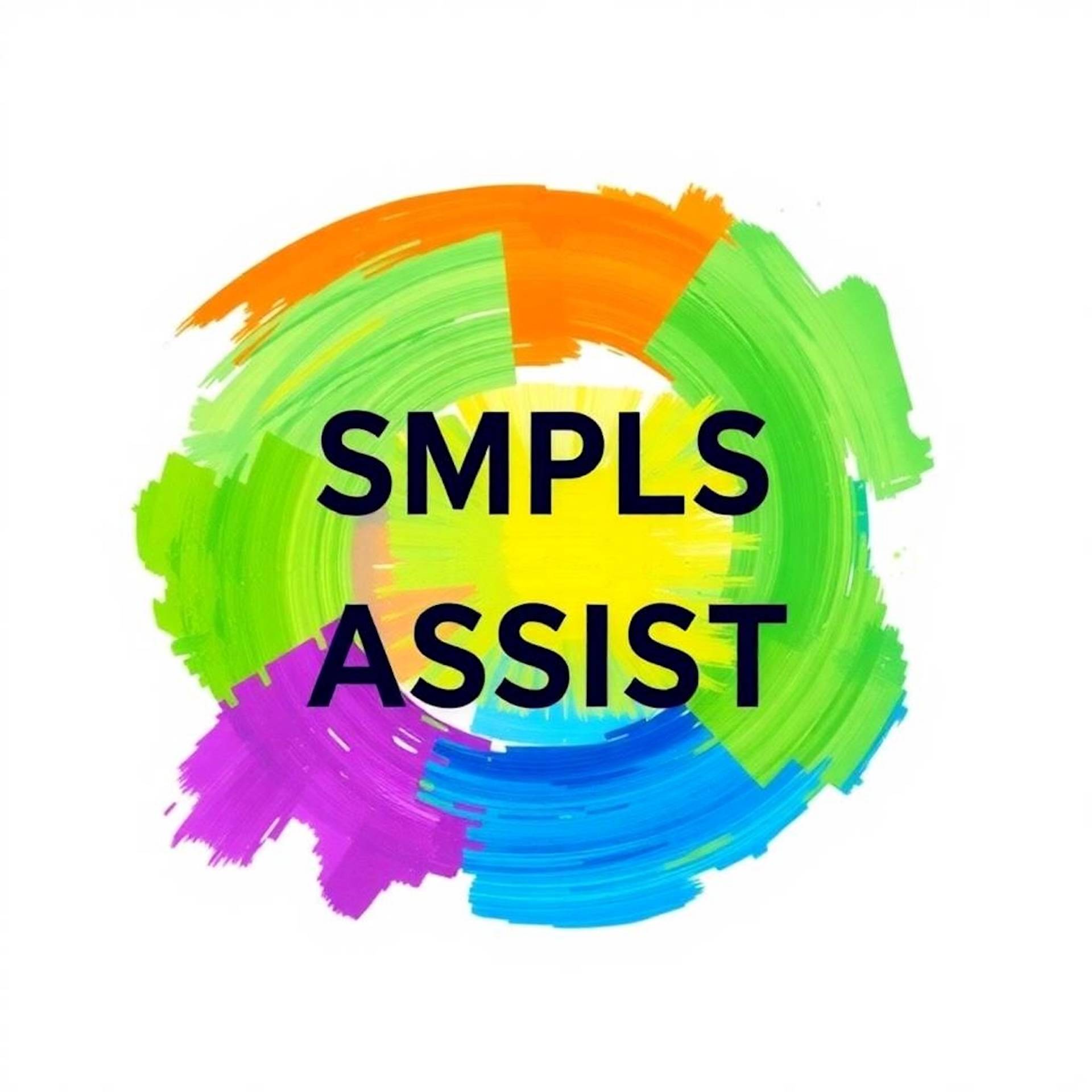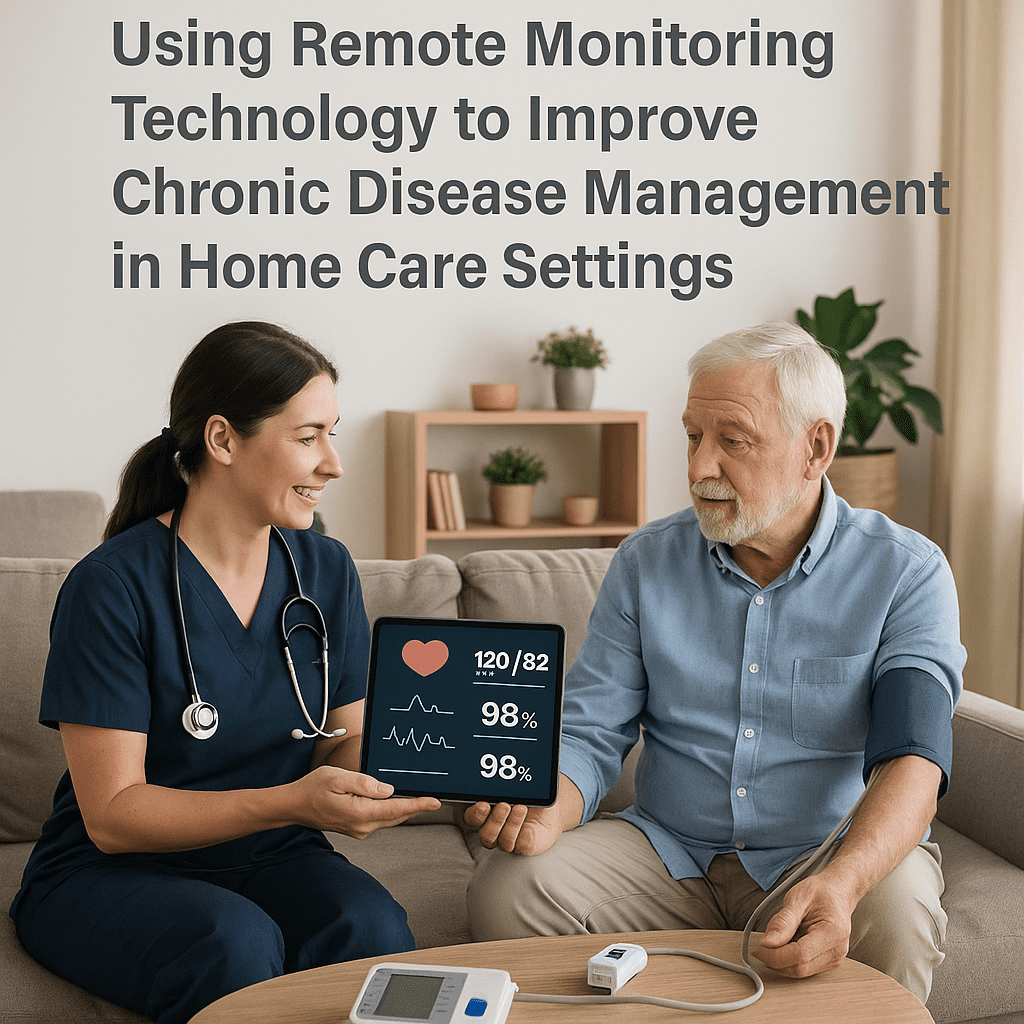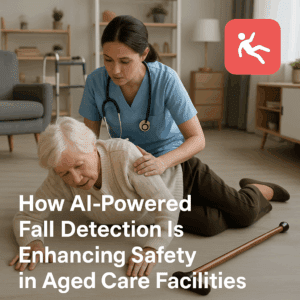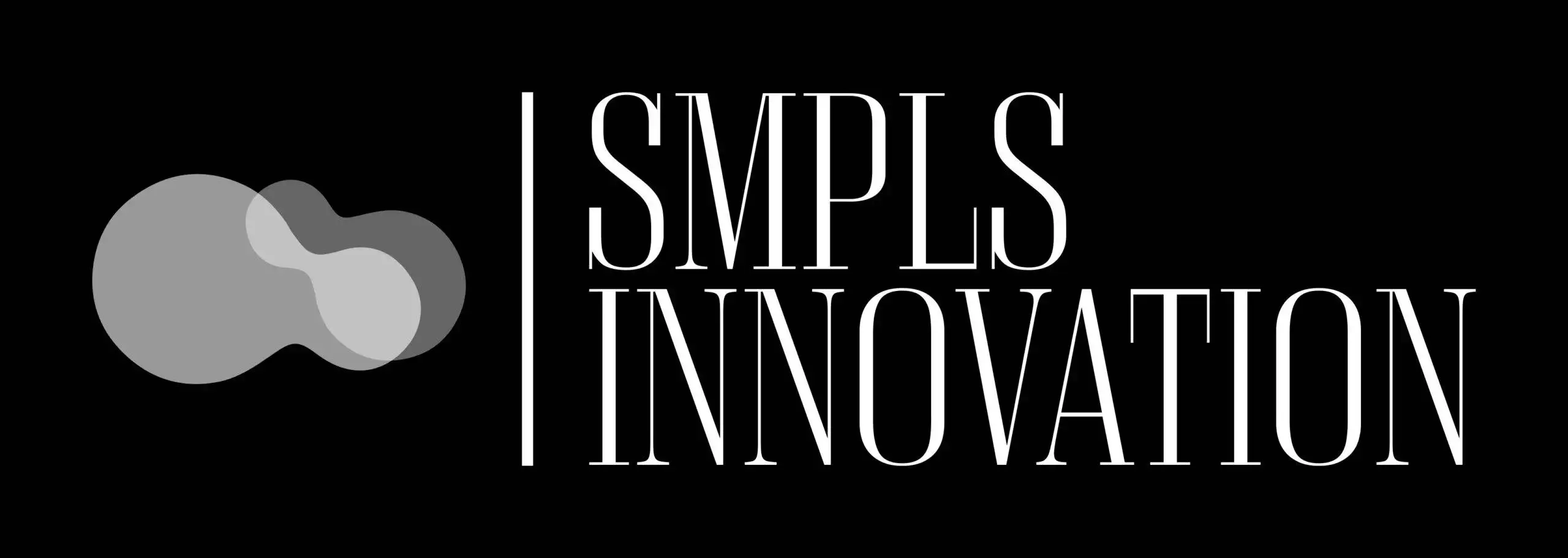Using Remote Monitoring Technology to Improve Chronic Disease Management in Home Care Settings
By SMPLSINNOVATION – Health Technology Consulting with a Smile 😎
1. Introduction
Let’s be honest: chronic diseases are everywhere. Diabetes, high blood pressure, COPD, and heart disease affect millions of people. According to the World Health Organization, these long-term conditions cause 74% of all deaths worldwide. In the U.S., the CDC says 6 in 10 adults live with at least one chronic condition in 2024.
Hospitals are overloaded, healthcare workers are stressed, and costs keep going up. Families caring for loved ones at home often feel alone and overwhelmed.
This is where Remote Monitoring Technology (RMT) comes in. Devices, apps, and smart systems help track health data at home. Instead of reacting when problems get worse, RMT helps doctors and patients catch issues early and take action. Healthcare is shifting from hospitals to homes, powered by real-time data.
2. The Rising Burden of Chronic Disease in Home Care
The costs of chronic disease are sky-high:
– The American Heart Association reports that chronic conditions make up 90% of all healthcare spending in the U.S.
– Medicare and Medicaid spending on home health keeps rising because of long-term illnesses like heart failure and diabetes.
– Family caregivers report heavy stress and burnout because traditional home care often misses problems until it’s too late.
Big challenges in traditional home care include:
– Early warning signs go unnoticed (like sudden weight gain in heart failure).
– Medications are often missed.
– Communication between patients and providers is limited.
It’s like trying to play chess while only looking at the board once a month—you’ll miss the next move.
3. What is Remote Monitoring Technology?
Remote Monitoring Technology is a set of digital tools that collect health information from patients at home, send it securely to doctors, and analyze it quickly. This helps providers make better decisions in real time.
Main parts of RMT:
1. Devices that collect data – smart watches, blood pressure cuffs, glucose meters.
2. Connections – Wi-Fi, 5G, or Bluetooth networks.
3. Platforms for analysis – AI and computer systems that turn raw data into insights.
4. Integration – linking data with medical records and telehealth visits.
Think of it as a band. Each device plays its own notes, and the analytics system acts like the conductor, bringing all the data together to create a clear picture.
4. Benefits of Remote Monitoring in Chronic Disease Management
Here are some top benefits of RMT:
1. Catches health problems early.
2. Reduces hospital visits.
3. Improves medication reminders and adherence.
4. Increases safety and independence for patients.
5. Builds better teamwork between patients and providers.
6. Helps caregivers feel less overwhelmed.
7. Lowers healthcare costs.
8. Allows care to be more personalized.
9. Lets providers care for many more patients at once.
10. Finds long-term patterns for prevention.
11. Cuts burnout for healthcare workers.
12. Helps patients feel more in control of their own health.
With RMT, healthcare feels less like putting out fires and more like tending a garden.
5. Recent Innovations in Remote Monitoring (2024–2025)
In the past year and a half, RMT has made huge leaps. Examples include:
– AI that predicts health risks for heart failure or COPD.
– Small, wearable sensors for continuous glucose checks.
– At-home lung tests sent straight to specialists.
– Smart blood pressure cuffs that link to health records.
– Chatbots to answer basic health questions.
– Smart skin patches measuring hydration, temperature, and oxygen.
– Blockchain technology to keep patient data extra secure.
– 5G platforms that support smooth video visits.
– Smart home systems that notice unusual activity.
– Biometric logins with fingerprint or voice.
– Smart pill bottles that remind patients and report missed doses.
– Remote rehab platforms that help patients exercise safely.
These tools are no longer “gadgets.” They’re becoming key parts of healthcare.
6. Conditions That Benefit Most from Remote Monitoring
RMT works especially well for conditions that need ongoing attention. Some examples include:
– Diabetes
– High blood pressure
– Heart failure
– COPD
– Asthma
– Chronic kidney disease
– Cancer treatment follow-up
– Parkinson’s disease
– Depression and anxiety
– Obesity
– Sleep apnea
– Rheumatoid arthritis
In short, if a condition requires constant watch, RMT is a game changer.
7. Challenges and Things to Keep in Mind
Of course, there are challenges:
– Privacy concerns with sensitive health data.
– Some patients are not comfortable using technology.
– Too many devices can feel overwhelming.
– Older medical record systems may not connect with new tech.
– Payment models for tech-based care are still developing.
These problems can be solved with good design, better training, and patient support. That’s what we do at SMPLSINNOVATION.
8. Conclusion – A Smiling Future for Chronic Care
The lesson is clear: RMT is not just “cool tech.” It’s essential for managing chronic diseases at home. It lowers costs, helps patients stay out of the hospital, supports caregivers, and eases the workload for doctors.
By 2025, the main question is no longer “Should we use it?” but “How fast can we make it work—and who can guide us?”
At SMPLSINNOVATION, we believe health technology should be simple, human-centered, and even fun. When patients smile more and stress less, everyone wins.
If you’re ready to bring smart, scalable, and joyful health tech into your chronic disease programs, we’re here to help. 😁





